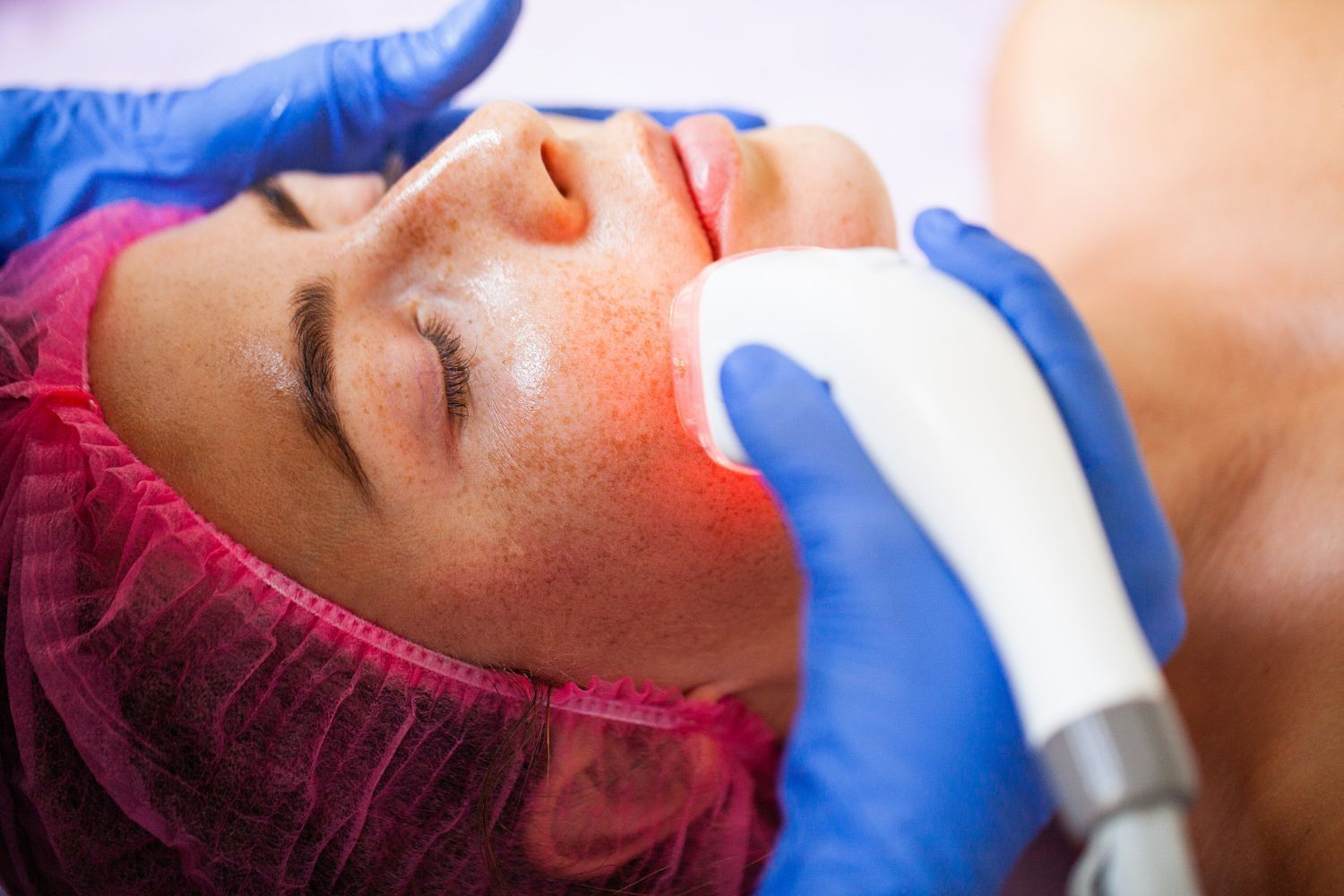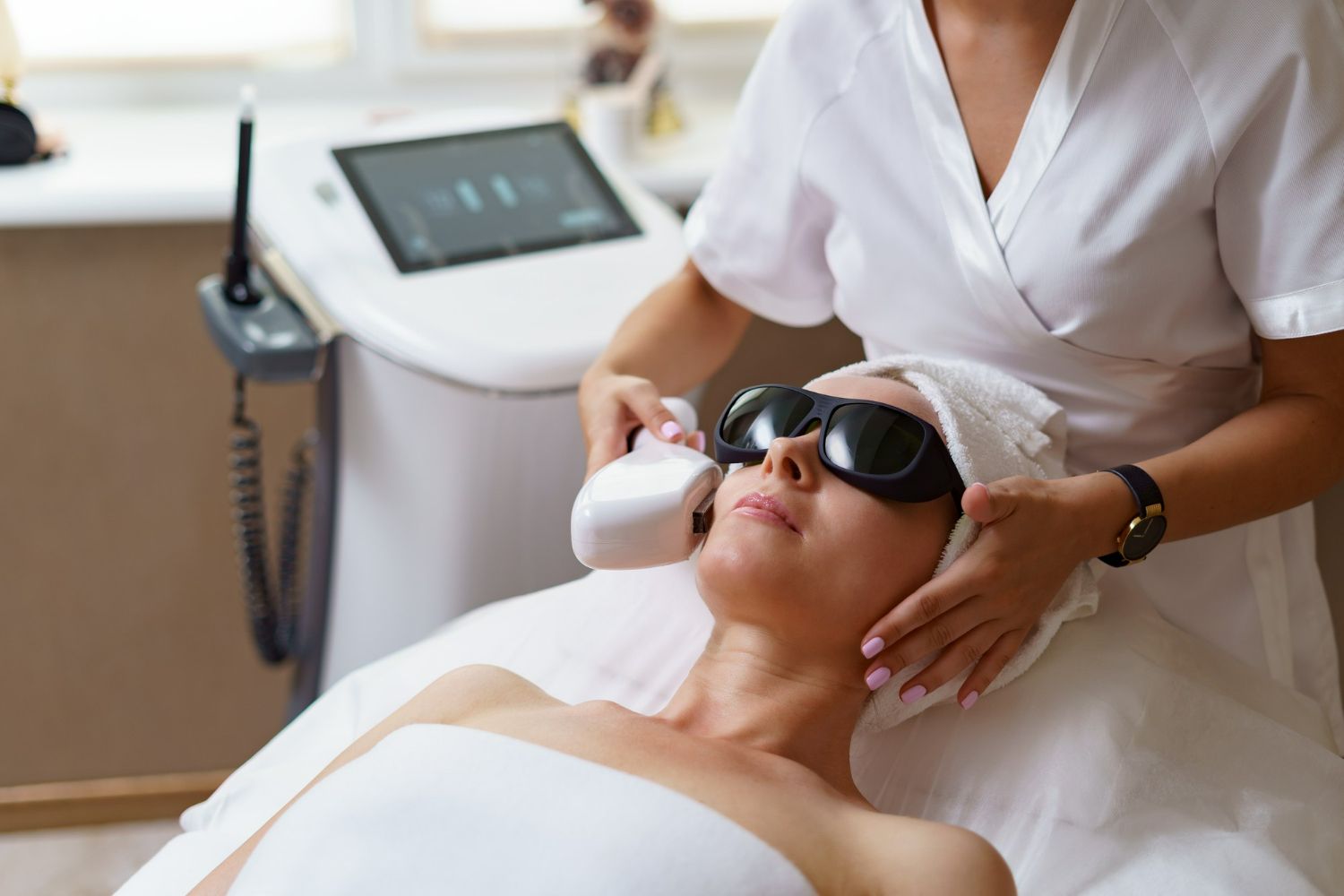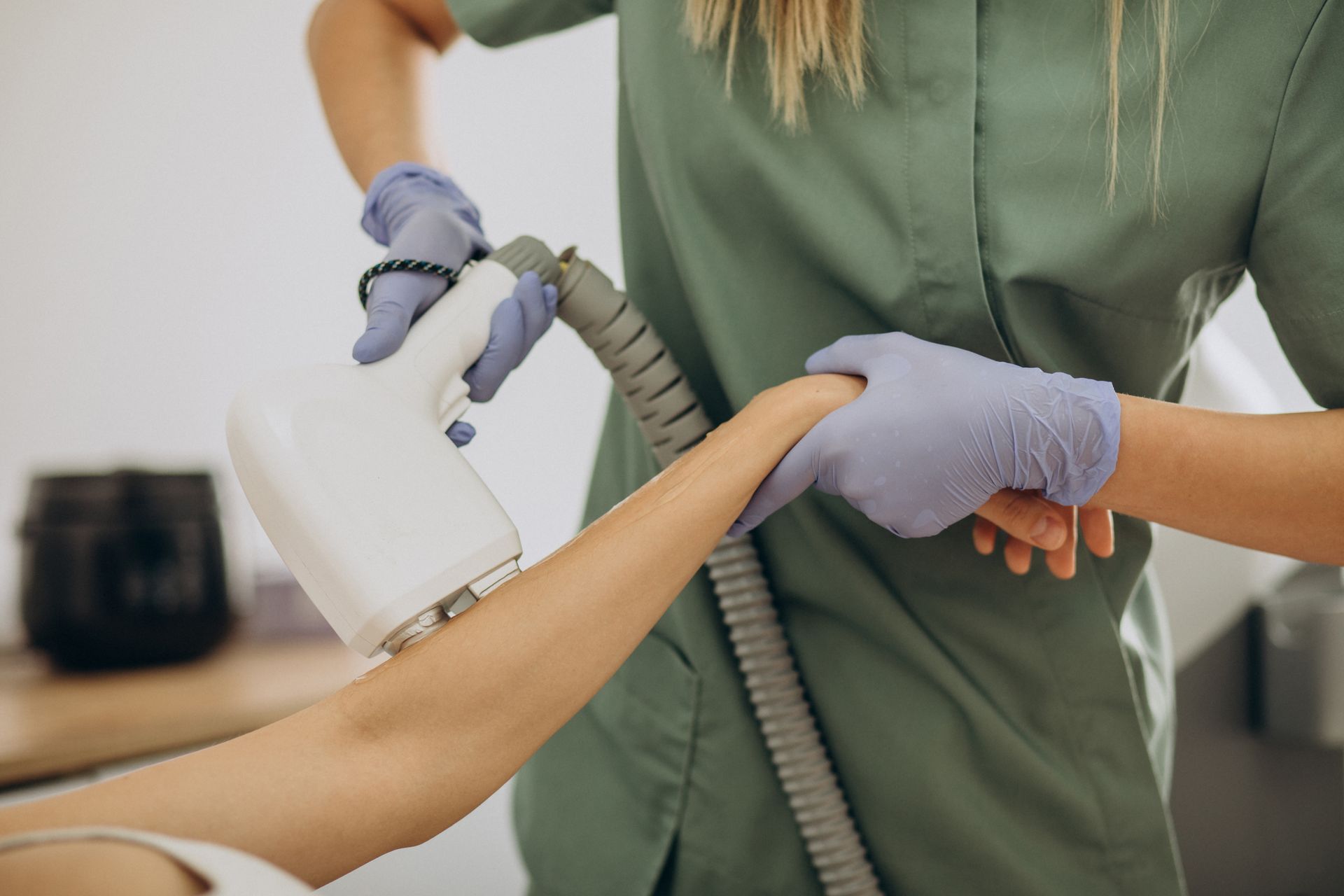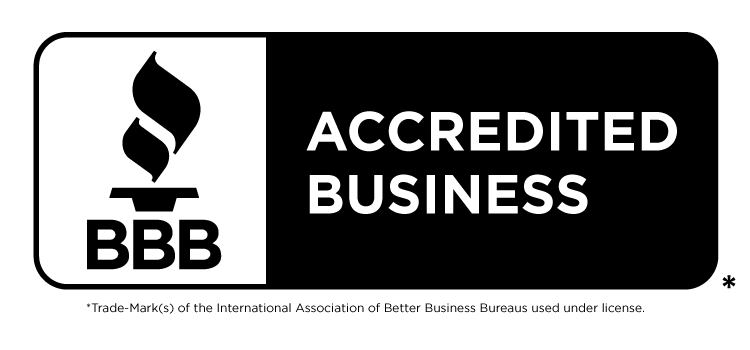Treating Pigmented and Vascular Lesions With Laser
Treating Pigmented and Vascular Lesions With Laser
At some point in our lives, most of us will develop skin lesions. However, there is no need to worry as in many cases, these lesions can be treated with laser therapy. If you are considering starting your journey to clearer skin, read on to learn more about how laser skin treatments can help with pigmented and vascular lesions.
What Are Pigmented and Vascular Lesions?
When too much melanin is produced, it can lead to dark spots on the skin. Pigmented lesions are growths on the skin that are darker than the surrounding tissue. They can be raised or flat and vary in size. Some common types of pigmented lesions include moles, freckles, and birthmarks.
Vascular lesions are growths that occur when blood vessels become abnormally dilated or damaged. They can be reddish, purple, or bluish in colour and often have a spider-like appearance. Some common types of vascular lesions include spider veins, port-wine stains, and hemangiomas.
Laser Treatment for Pigmented and Vascular Lesions
Laser treatment can help reduce the appearance of pigmented and vascular lesions by targeting and destroying the abnormal cells that cause them. The light from the laser is absorbed by the pigment in the lesion, which heats up and destroys the cells.
Similarly, the light from the laser is absorbed by the blood vessels in the lesion, which heats up and damages the walls of the vessels. This damage causes the vessels to collapse and eventually disappear. The intensity of the laser light is carefully calibrated to only destroy the specific cells that are causing the problem while leaving the surrounding healthy tissue unharmed.
Laser treatments offer long-lasting results, often producing significant improvement after just one or two sessions. This makes them a cost-effective option for people who want to achieve long-term results.
How Does The Treatment Help?
Pigmented and vascular lesions are common skin concerns that can be difficult to treat. Some of the most popular treatments for these conditions include lasers, light therapy, and topical medications. While each treatment approach has its own set of benefits, laser for skin problems are often considered the most effective.
Most people with pigmented or vascular lesions are good candidates for laser skincare treatments. However, there are some exceptions. For example, if you have active infections, you may not be a candidate for treatment. If you're not sure whether or not you're a candidate for treatment, we recommend scheduling a consultation with one of our expert estheticians. They will be able to assess your condition and determine whether or not laser skin care treatments are right for you.
What Does The Treatment Procedure Looks Like?
When you arrive for your procedure, you will be taken to a private treatment room and asked to remove any clothing or jewelry that may get in the way of the laser light. You will be given protective eyewear to wear during the session. Finally, the laser device will be adjusted to the appropriate settings for your specific condition, and then the treatment will begin.
How Long Does It Take?
The entire procedure usually takes less than 30 minutes, but this will depend on the size and number of lesions being treated. Afterward, you may experience some redness and swelling, but this should subside within a few days. You will be given aftercare instructions to help reduce any discomfort and promote healing!
Ready to Take the Next Step in Achieving Your Beauty Goals?
If you are concerned about any pigmented or vascular lesions that have developed on your skin, don't hesitate to schedule a consultation with us. At Sunswirl Laser and Esthetics, we understand that your appearance is important to you. Our team of highly trained professionals is dedicated to providing the highest quality care, and we use only the latest technology and techniques.
Book an appointment today, and let us help you achieve the look you've always wanted. Call
(902)706-4971 or
connect with us online!












